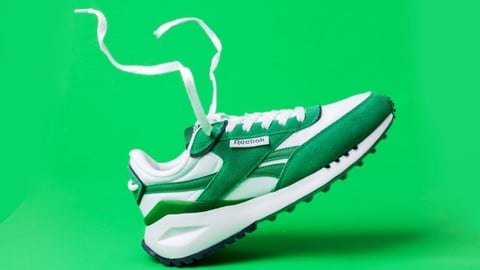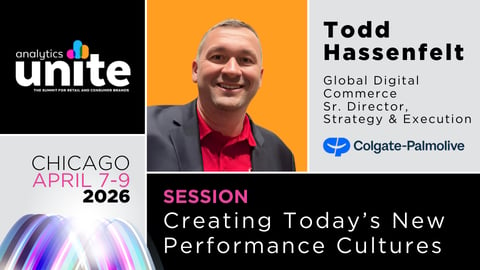How Ferrara Slashed Development Costs by 70% to Stay ‘Ferrara Fast’
Many consumer goods companies pride themselves on their ability to quickly innovate, but Ferrara takes this one step further by building the importance of agility directly into its corporate values.
The 112-year-old candy and cookie company — a Ferrero-owned business with such brands as Famous Amos, Brach's and Keebler under its umbrella — has coined the term “Ferrara Fast” to reflect the core of its culture. It’s a top-down, values-driven approach that’s modeled from senior leadership and instilled across the enterprise, Mustafa Mustafa, Ferrara senior director of IT, tells CGT.
“We’re a growth-oriented organization that takes pride in collaborating cross-functionally,” he says. “Solving problems and driving opportunities with a sense of urgency with flexibility enable us to be ambitious.”
Following the merger of Ferrara Pan Candy Company and Farley's & Sathers Candy Company, the firm in 2014 identified a large amount of siloed data and solutions across its candy portfolio that was hampering employees from accessing info required in daily operations. Not only did this slowdown prevent Ferrara from realizing the benefits of its acquisition, but it thwarted efforts to react and respond in a customer-first business.
In short, it couldn’t be, well, fast.
See also: Impossible Foods’ Fast-Track into DTC Already Exceeding Expectations
As it explored resolutions, Ferrara knew it required a robust reporting and analytics solution that could implement throughout the entire company. With 25 teams across operations, finance, sales and marketing providing information, the company sought a bold cultural reformation to break down the silos for each functional area.
It enlisted SAP for several reasons, chief of which included the ability to access all data in real time combined with transactional and analytic workloads. These data management and analytics solutions provided the transparency and insight necessary to make strategic decisions across an entire business, rather than just one segment.
The implementation was a learning experience, Mustafa says, and by aligning internal stakeholders, the company was able to set clear expectations and define success through KPIs. Doing so promoted a collaborative experience and created ownership in its success.
“We were leading edge with SAP’s innovations, and we were not expecting such major improvements,” he notes.
See also: How Avocados From Mexico Used Blockchain to (Almost) Beat Donald Trump During the Super Bowl
Ferrara was able to increase the speed at which it integrates data from any new candy in days rather than years. SAP HANA and SAP Analytics, meanwhile, have provided both employees and customers the information they require in buying and selling products.
As a result, the company has experienced a 70% reduction in development cost and a 90% reduction in time to build data models, and it’s also established a solid data foundation for machine learning and predictive analytics.
What’s more, the tech has helped the company automate and provide transparency throughout its operations — freeing up workers to focus on more strategic projects and instilling confidence in its customers.
“We’re now able to retrieve data in seconds versus the minutes it used to take in the old legacy database,” says Mustafa. “With all of this, we now have the ability to uncover new consumer preferences and predict market trends.”
When parent company Ferrero acquired Nestle’s U.S. brands in 2018, including Nerds, Laffy Taffy and SweeTARTS, and merged them with Ferrara, the teams were able to leverage these learnings and successfully apply them during the data integration.
Ferrero intends to embark on its next sweet journey with SAP HANA — expanding on big data, IoT, machine learning and predictive analytics.
See also: Alexa Will Return to Butterball’s Thanksgiving Roster in 2020







